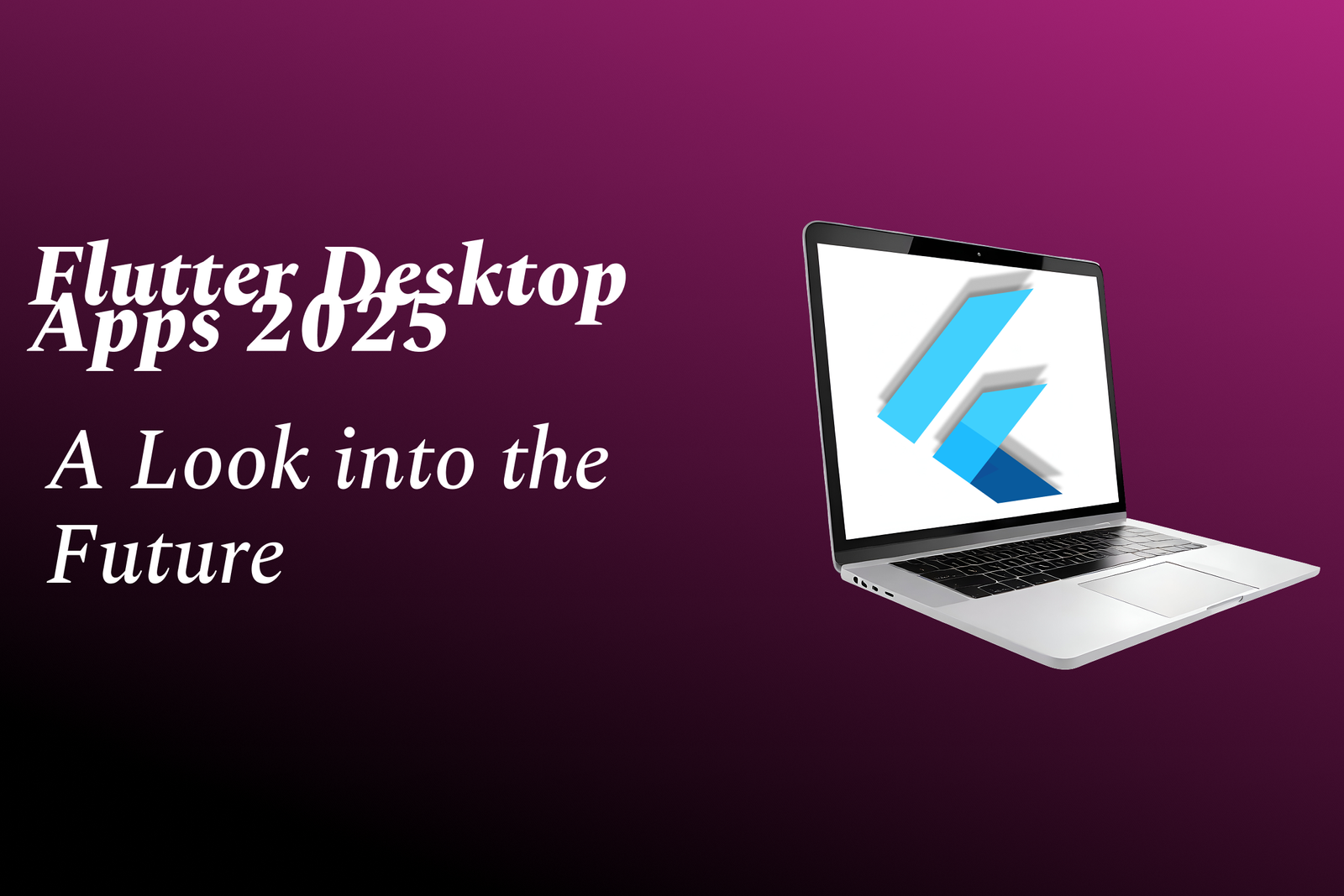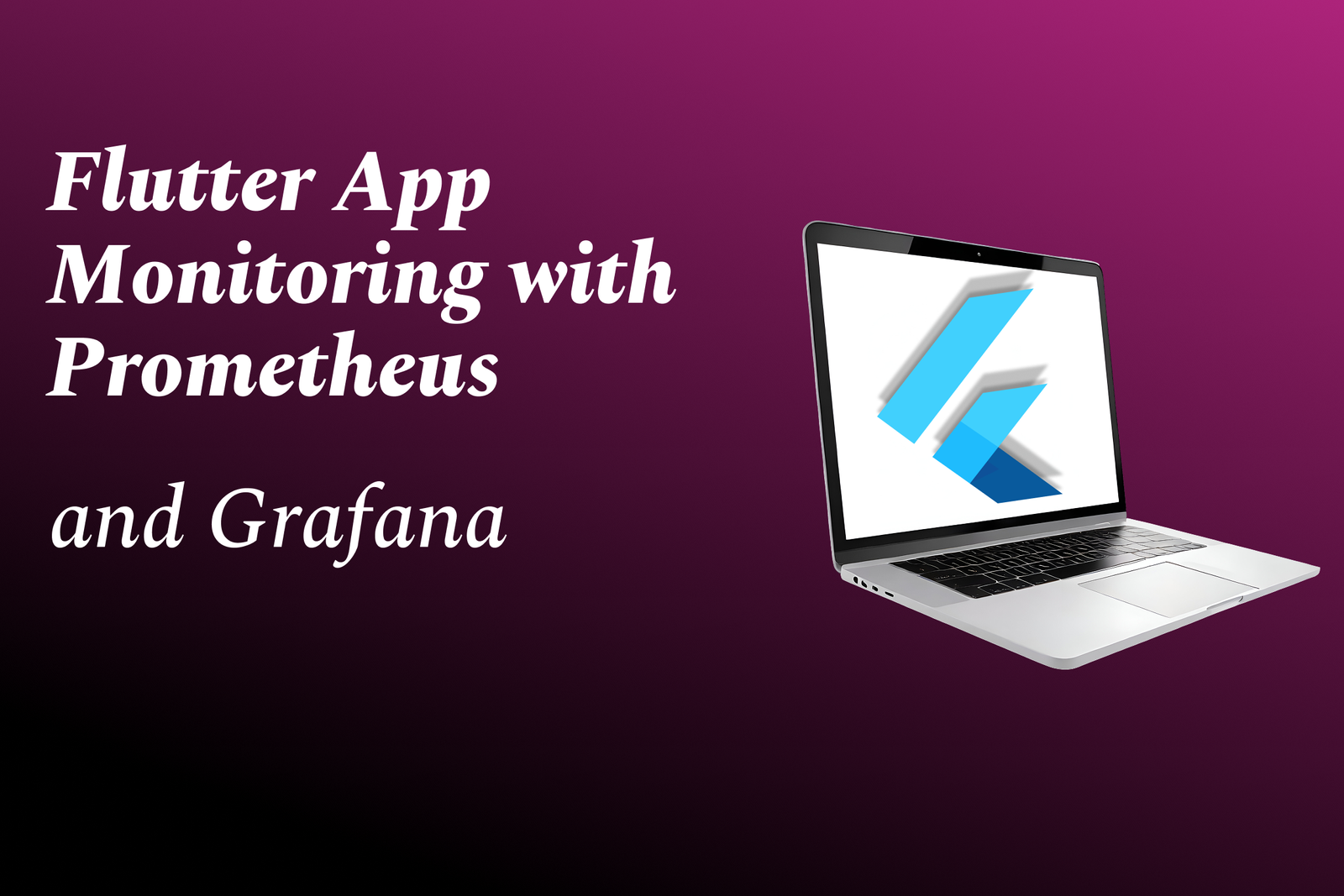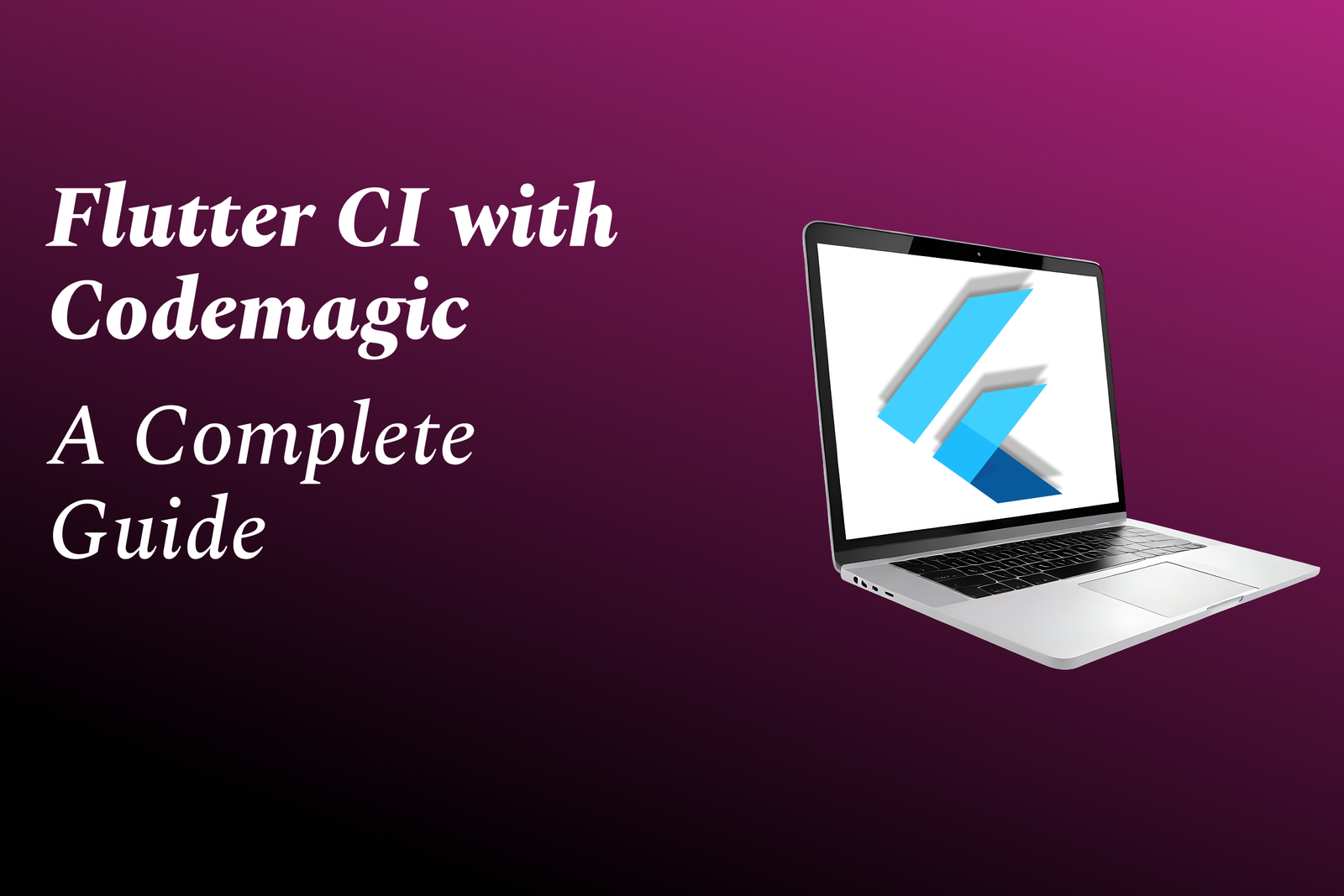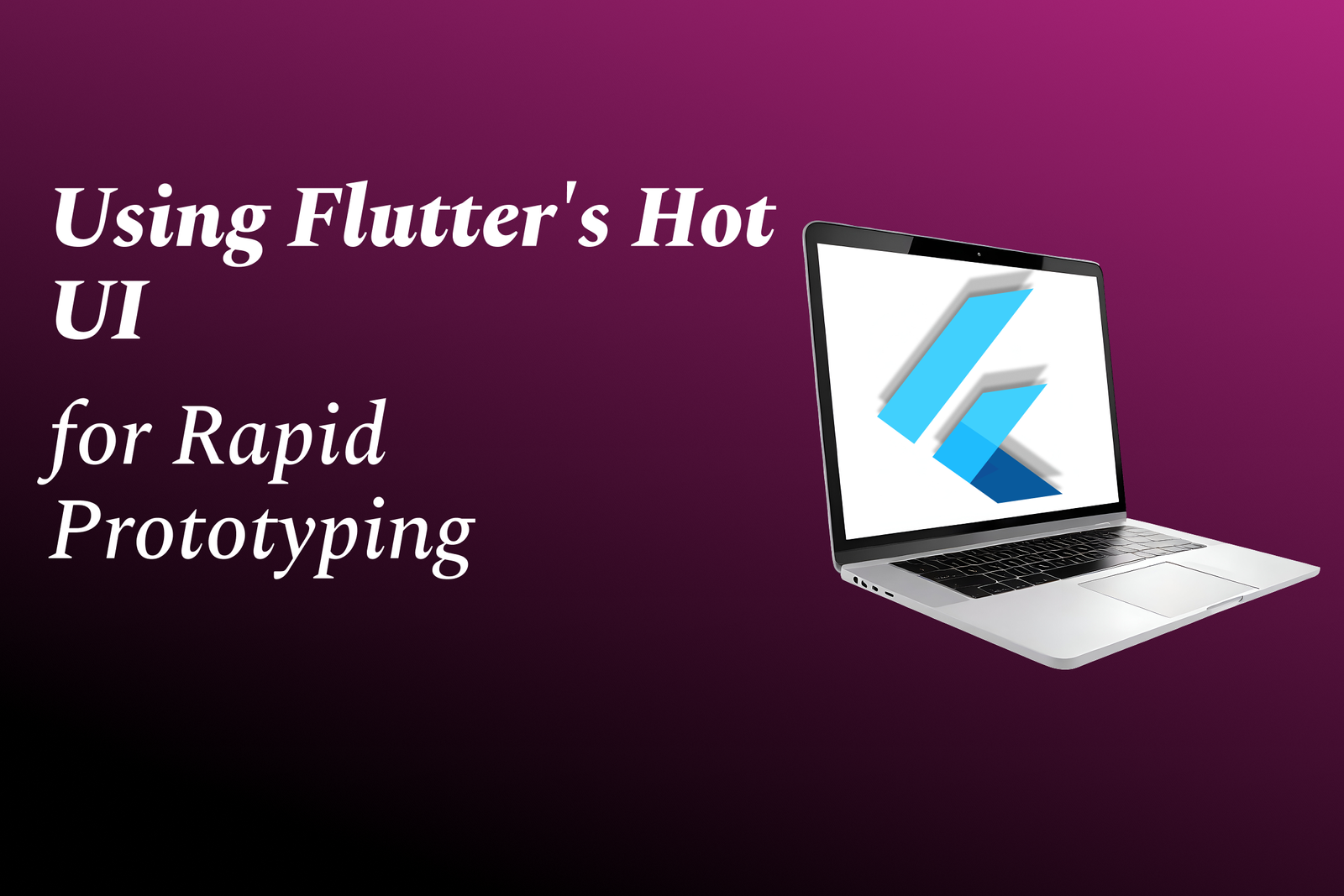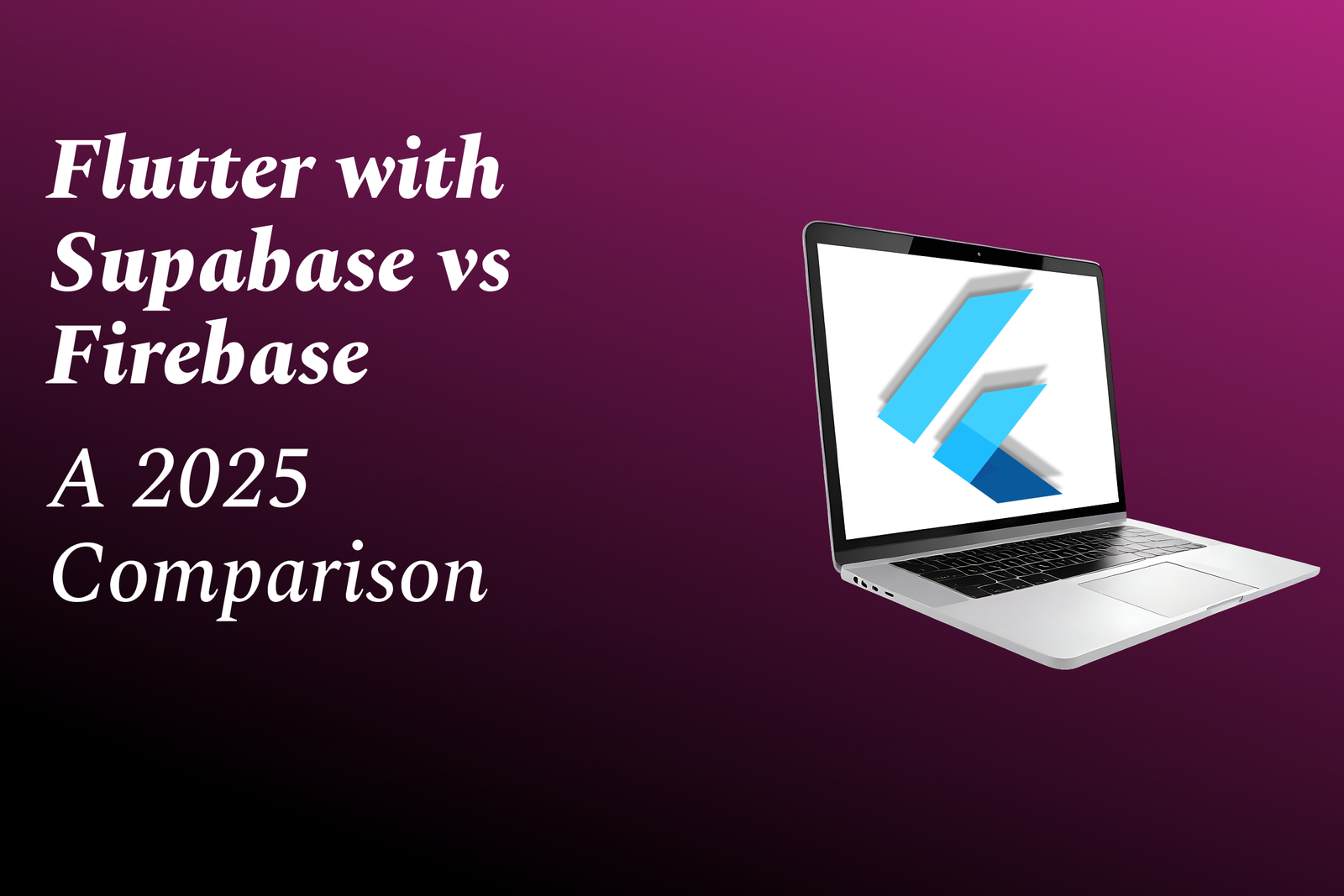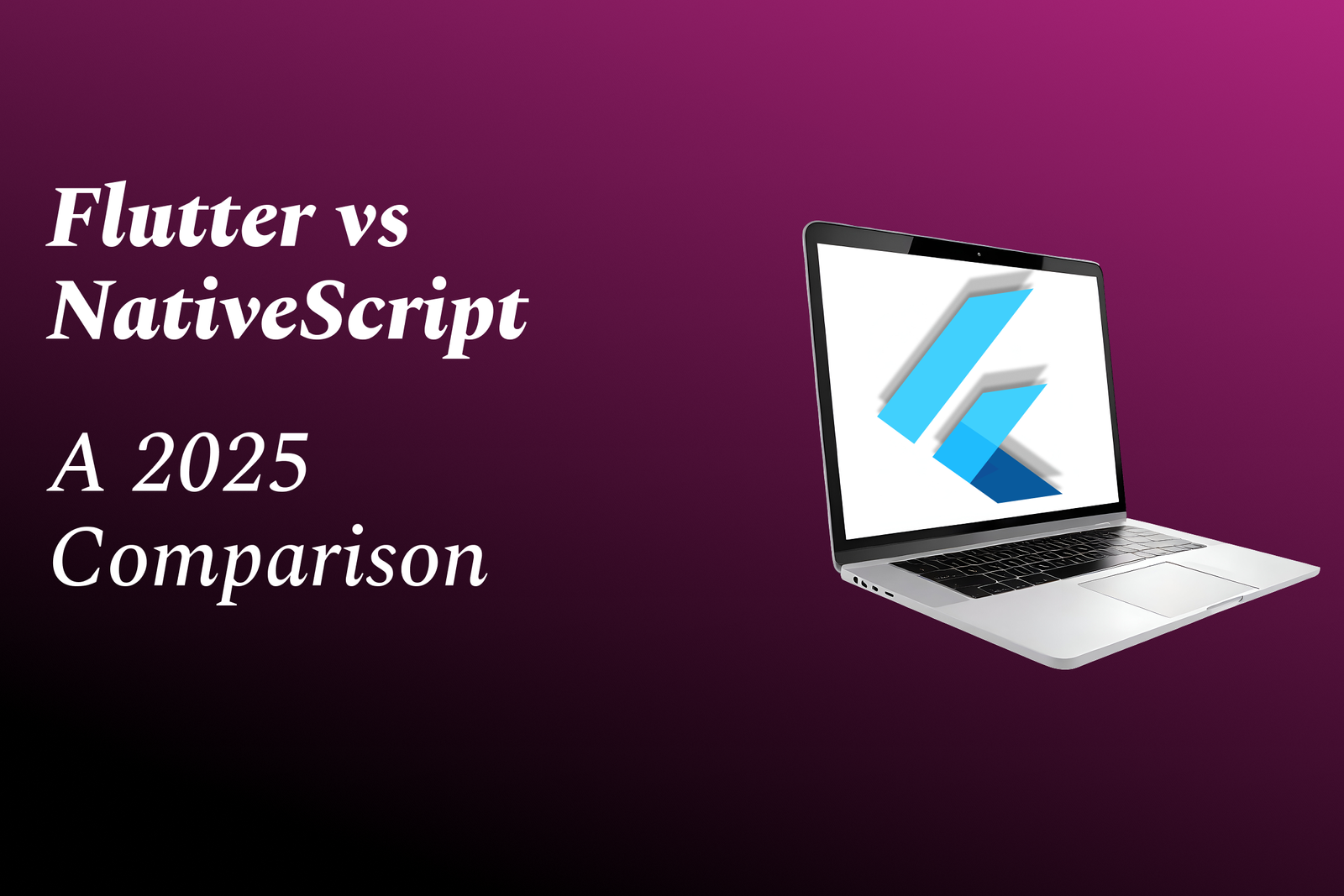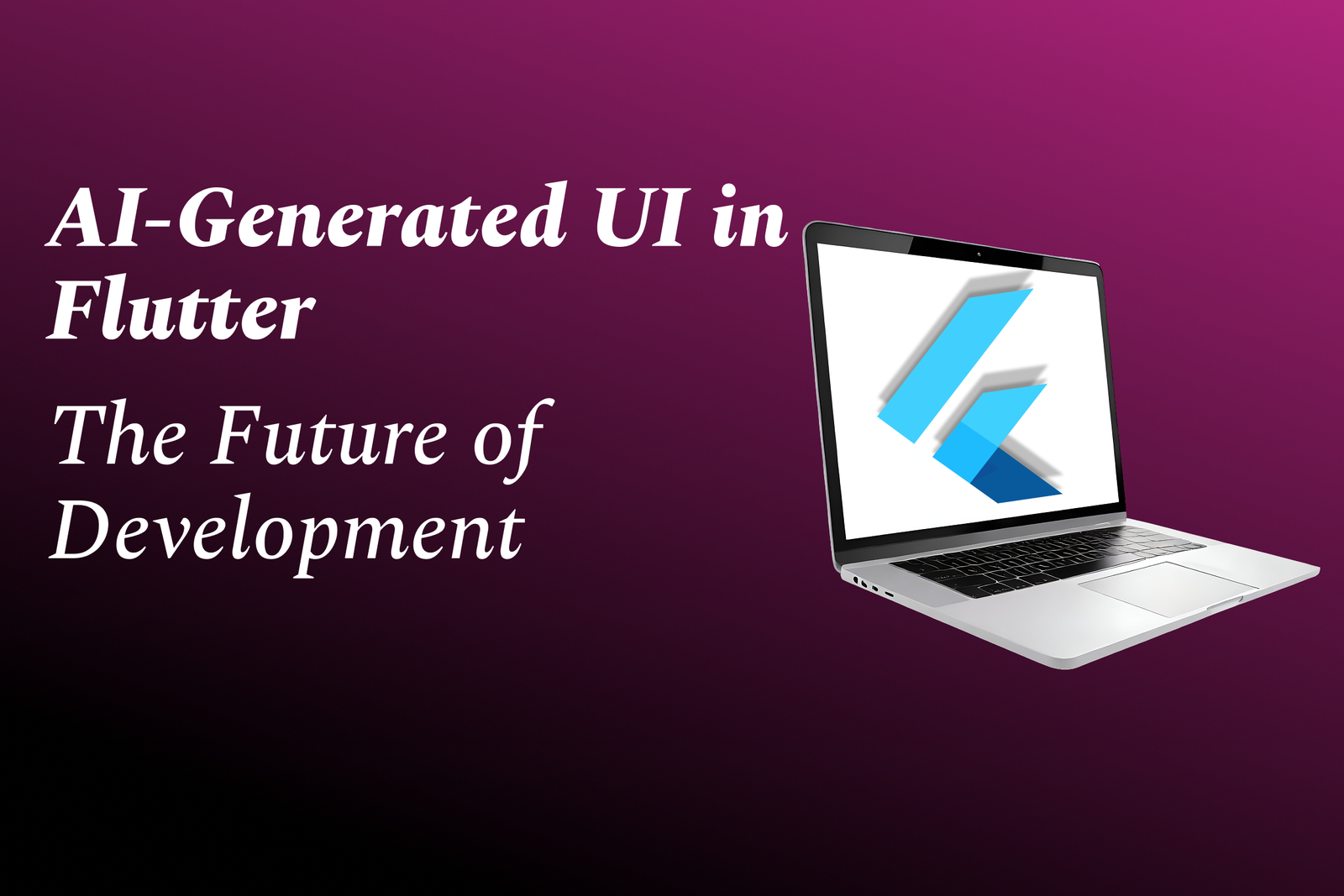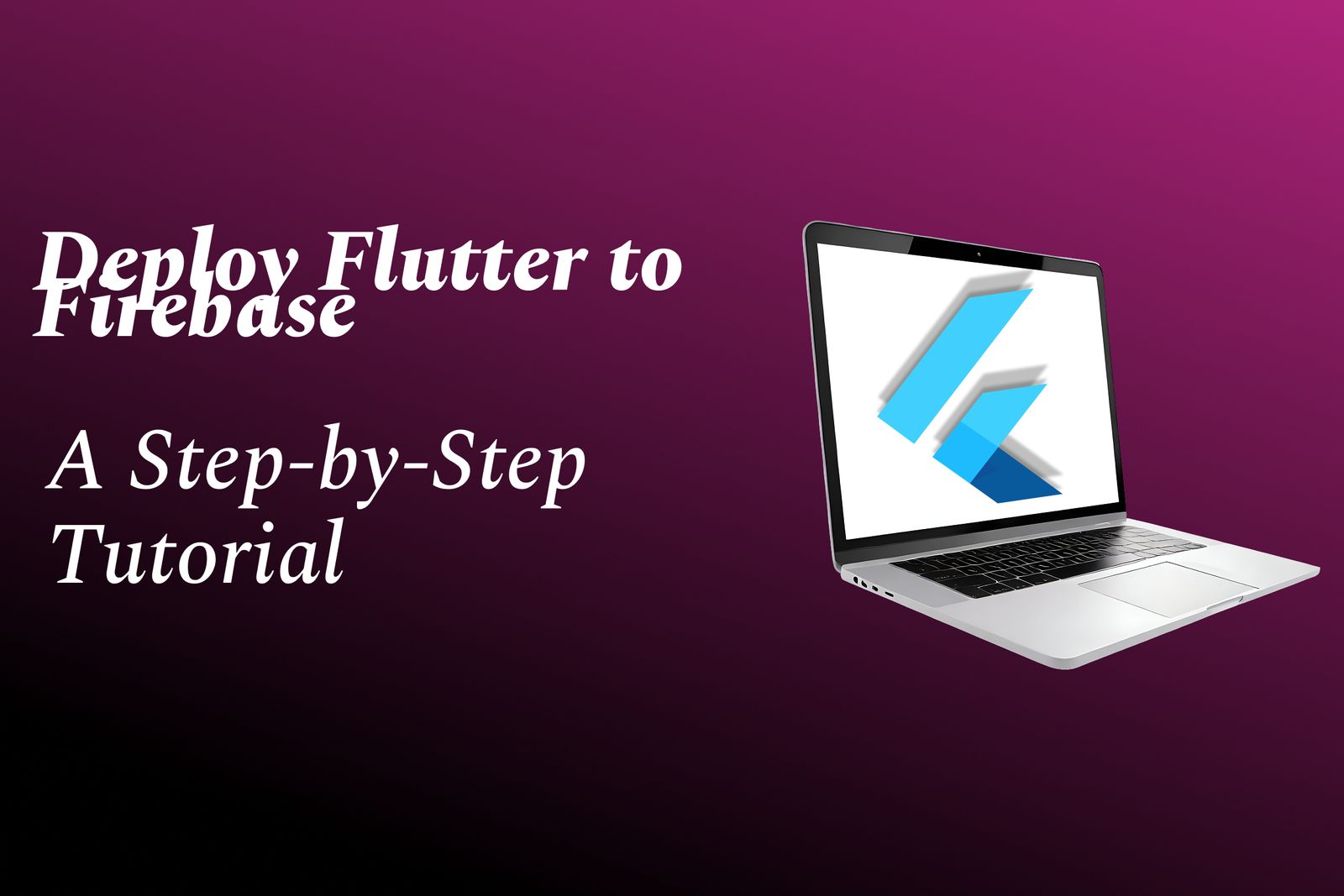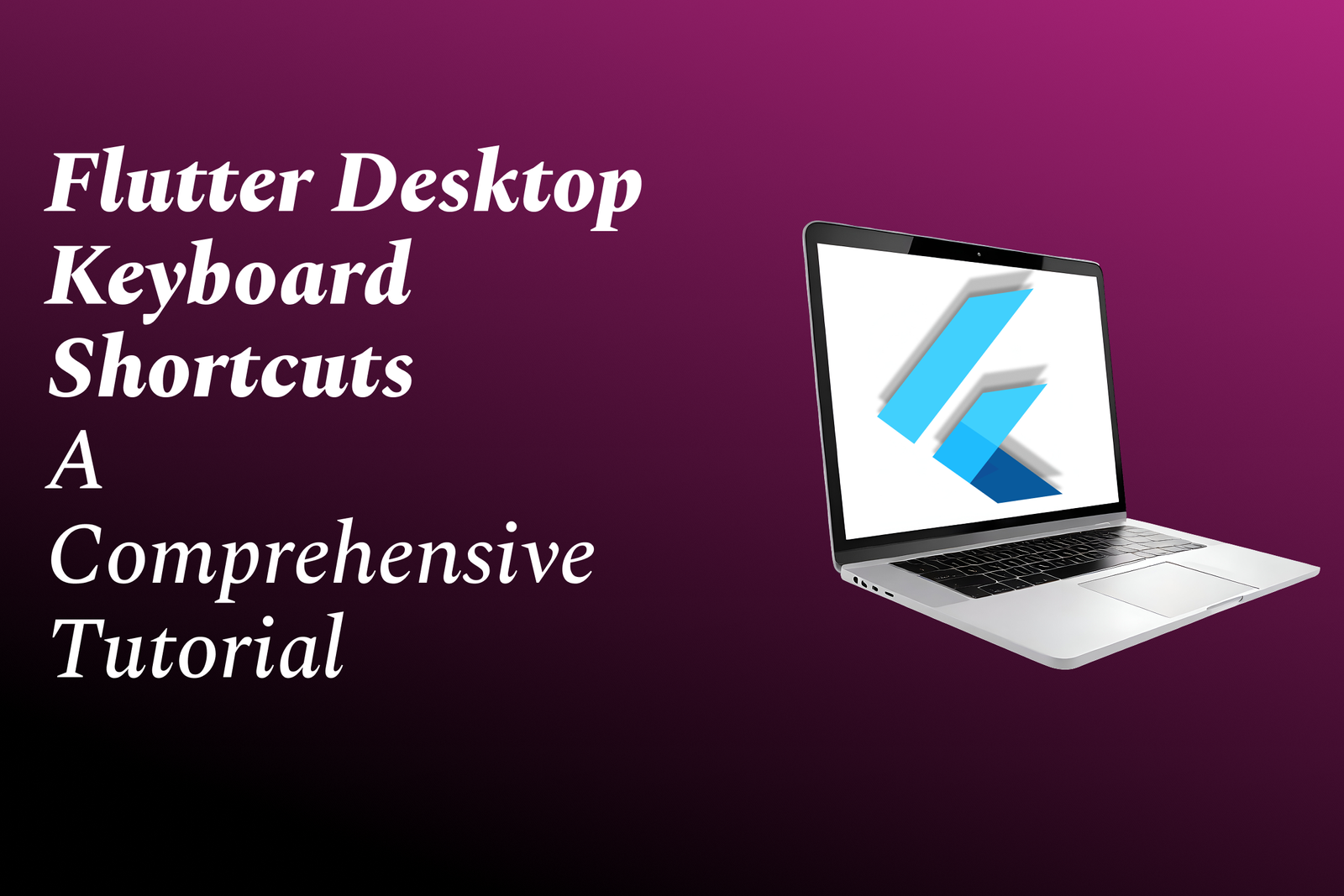Flutter Desktop Apps 2025: A Look Into The Future
Flutter Desktop Apps 2025: A Look into the Future — Flutter now offers a polished, production-ready path for building fast, native-feeling desktop applications across Windows, macOS, and Linux from a single Dart codebase. With refined desktop APIs (windowing, menus, native dialogs), a growing plugin ecosystem, improved compilers and tooling, and retained hot-reload productivity, teams can deliver consistent UI, strong performance, and deeper OS integrations while reducing development and maintenance overhead compared with maintaining separate native stacks.
Flutter Desktop Apps 2025: A Look Into The Future
Flutter Desktop Apps 2025 brings a mature, production-ready way to build native-feeling Windows, macOS, and Linux applications from a single Dart codebase, enabling consistent UIs and high performance without maintaining separate native stacks. With refined desktop APIs (windowing, menus, native dialogs), a growing plugin ecosystem, faster compilers and tooling, and retained hot-reload productivity, teams iterate faster, integrate deeply with OS features, and cut development and maintenance costs. For learners and professionals at JustAcademy, mastering Flutter desktop opens doors to real-world projects, quicker prototyping, and cross-platform deployment skills that employers increasingly demand.
To Download Our Brochure: **https://www.justacademy.co/download-brochure-for-free
**
Message us for more information: **https://api.whatsapp.com/send?phone=919987184296
**
Flutter Desktop Apps 2025 brings a mature, production ready way to build native feeling Windows, macOS, and Linux applications from a single Dart codebase, enabling consistent UIs and high performance without maintaining separate native stacks. With refined desktop APIs (windowing, menus, native dialogs), a growing plugin ecosystem, faster compilers and tooling, and retained hot reload productivity, teams iterate faster, integrate deeply with OS features, and cut development and maintenance costs. For learners and professionals at JustAcademy, mastering Flutter desktop opens doors to real world projects, quicker prototyping, and cross platform deployment skills that employers increasingly demand.
Course Overview
Learn to build production-ready Windows, macOS, and Linux apps with Flutter 2025—covering desktop APIs, platform integration, state management, packaging, and deployment through hands-on projects.
Course Description
Master building production-ready Windows, macOS, and Linux apps with Flutter—covering desktop APIs, platform integration, state management, packaging, deployment, and hands-on projects for 2025.
Key Features
1 - Comprehensive Tool Coverage: Provides hands-on training with a range of industry-standard testing tools, including Selenium, JIRA, LoadRunner, and TestRail.
2) Practical Exercises: Features real-world exercises and case studies to apply tools in various testing scenarios.
3) Interactive Learning: Includes interactive sessions with industry experts for personalized feedback and guidance.
4) Detailed Tutorials: Offers extensive tutorials and documentation on tool functionalities and best practices.
5) Advanced Techniques: Covers both fundamental and advanced techniques for using testing tools effectively.
6) Data Visualization: Integrates tools for visualizing test metrics and results, enhancing data interpretation and decision-making.
7) Tool Integration: Teaches how to integrate testing tools into the software development lifecycle for streamlined workflows.
8) Project-Based Learning: Focuses on project-based learning to build practical skills and create a portfolio of completed tasks.
9) Career Support: Provides resources and support for applying learned skills to real-world job scenarios, including resume building and interview preparation.
10) Up-to-Date Content: Ensures that course materials reflect the latest industry standards and tool updates.
Benefits of taking our course
Functional Tools
1 - Flutter SDK and Dart tooling
Train students on installing and configuring the Flutter SDK for desktop targets with step by step environment setup.
Explain the Dart language essentials, tools like dartfmt and dart analyze, and how they integrate with Flutter.
Demonstrate creating multi platform projects, switching build targets, and using flutter doctor to troubleshoot.
Provide hands on labs to build, run, and debug desktop apps on Windows, macOS, and Linux.
Showcase how JustAcademy’s instructors streamline the learning curve with preconfigured templates and checks.
2) Integrated development environments (VS Code & IntelliJ/Android Studio)
Introduce VS Code and IntelliJ/Android Studio as primary IDEs with recommended extensions for Flutter and Dart.
Teach workspace configuration, key shortcuts, debugging workflows, and plugin management for desktop development.
Guide students through editor specific features like hot reload, code completion, refactoring, and UI previews.
Offer exercises comparing IDE setups so learners can choose the best fit for their workflow.
Provide troubleshooting sessions and IDE tuning tips used by professionals in JustAcademy projects.
3) Flutter Desktop Embedding and platform APIs
Explain the desktop embedding layer and how Flutter integrates with native windowing systems.
Cover platform specific APIs for window management, file dialogs, and system trays used in desktop apps.
Provide lab assignments that require calling native APIs via platform channels or FFI to access OS features.
Demonstrate common patterns for handling platform differences and maintaining a single codebase.
Give students real world scenarios from JustAcademy projects to practice embedding and native interop.
4) Platform SDKs and toolchains (Windows SDK, Xcode, GTK)
Detail the required platform SDKs: Windows SDK and MSVC toolchain, Xcode for macOS, GTK toolchain for Linux.
Walk through installing compilers, signing tools, and runtime dependencies for each desktop OS.
Teach cross compilation considerations and how to prepare a development machine for multi target builds.
Provide prebuilt VMs/containers and guided setup labs so students get hands on without long setup pain.
Explain JustAcademy’s checklist for validating platform toolchains before moving to packaging and distribution.
5) State management libraries (Riverpod, Provider, Bloc)
Compare popular state management approaches like Riverpod, Provider, and Bloc with concrete app examples.
Teach each library’s lifecycle, dependency injection patterns, and best practices for testable code.
Assign mini projects where students refactor a sample app across different state solutions to learn trade offs.
Provide coding standards and architecture templates used by JustAcademy to scale desktop Flutter apps.
Offer code review sessions to reinforce idiomatic usage and common pitfalls in state handling.
6) UI & layout toolkits, desktop widgets (bitsdojo_window, fluent_ui)
Introduce desktop specific packages such as bitsdojo_window, fluent_ui, and macos_ui to achieve native look and feel.
Teach how to customize title bars, native menus, system trays, and window resizing behavior.
Provide labs to build responsive, keyboard accessible desktop UIs that adhere to platform conventions.
Compare cross platform widget sets and when to adopt platform adaptive styling for best UX.
Share JustAcademy templates that accelerate production grade desktop interface development.
7) Networking and data tools (http/dio, GraphQL, Firebase)
Cover networking clients like http and dio, and GraphQL integrations for modern backend communication.
Teach offline caching patterns, WebSocket usage, and secure token handling for desktop contexts.
Explore Firebase options for authentication, realtime features, and cloud storage when applicable.
Create exercises that integrate APIs, handle errors gracefully, and mock network responses for tests.
Discuss JustAcademy best practices for secure credential management and API versioning in student projects.
8) Local storage & databases (SQLite, Drift, Hive)
Introduce lightweight storage options: SQLite with Drift, key value stores like Hive, and file based persistence.
Teach schema design, migrations, transaction handling, and performance tuning for desktop scenarios.
Provide labs to implement search, indexing, and backup/restore features for local first apps.
Demonstrate encryption and secure storage techniques appropriate for desktop applications.
Share JustAcademy assessment projects that validate data integrity and offline resilience.
9) Native interop (FFI and Platform Channels)
Explain the differences between Dart FFI and Flutter platform channels for calling native code.
Teach building and integrating C/C++ libraries, and creating bindings for OS level features when needed.
Provide guided exercises to write a native plugin, handle memory safely, and test cross language calls.
Cover use cases like hardware integration, optimized processing, and leveraging existing native libraries.
Show JustAcademy examples where FFI improved performance or unlocked platform APIs in student projects.
10) Packaging, installers and code signing (msix, dmg, snap, App Store)
Walk through packaging desktop apps into platform appropriate distributables: MSIX, DMG, Snap, and installers.
Teach code signing processes, notarization for macOS, and certificate management best practices.
Provide CI templates to automate builds, artifact creation, and release pipelines for each OS.
Assign tasks to produce signed installer artifacts and publish to test channels or stores.
Explain JustAcademy’s release checklist to ensure compliance, trust, and smooth user installs.
11 - CI/CD and automated testing (GitHub Actions, Codemagic)
Demonstrate setting up CI pipelines to build desktop artifacts, run tests, and produce release artifacts.
Teach unit, widget, and integration testing with flutter_test and integration_test frameworks.
Provide templates for GitHub Actions and Codemagic to handle multi platform build matrices.
Offer hands on exercises to add gating checks, code coverage, and artifact caching for fast iteration.
Share JustAcademy’s CI/CD patterns that accelerate delivery and maintain build reliability for students.
12) Performance profiling and DevTools
Introduce Flutter DevTools, Observatory, and native profilers to diagnose CPU, memory, and rendering issues.
Teach how to interpret timelines, identify jank, and optimize widget rebuilds and expensive layouts.
Provide labs where students profile sample apps, apply optimizations, and measure improvements.
Cover tooling to analyze binary size, tree shaking, and asset optimization for desktop distribution.
Include JustAcademy checklists for pre release performance validation and measurable KPIs.
13) Testing tools and QA workflows (unit, widget, integration, mock)
Explain automated testing tiers and practical strategies for deterministic desktop app tests.
Teach writing robust widget tests, integration tests with desktop specific flows, and mocking external services.
Provide labs to create reproducible test environments and to use headless or virtual displays for CI.
Discuss test data management, flaky test mitigation, and continuous test maintenance practices.
Show JustAcademy’s rubric for assessing project quality through test coverage and behavioral checks.
14) Design & prototyping tools (Figma, Zeplin, asset pipelines)
Integrate design to code workflows using Figma and asset export pipelines optimized for desktop DPI scales.
Teach extracting style guides, spacing systems, and component specs to implement faithful UIs.
Provide collaborative sessions where students iterate on designs and implement pixel accurate components.
Cover efficient asset management, SVG handling, and theme management for multi platform consistency.
Share JustAcademy templates that bridge design handoff and development with minimal friction.
15) Accessibility, localization, and internationalization tools
Teach building accessible desktop apps using semantic widgets, keyboard navigation, and screen reader support.
Introduce localization workflows, intl package usage, and pluralization handling for multiple languages.
Provide exercises to audit apps with accessibility checkers and resolve identified issues.
Cover region specific formatting, right to left layouts, and testing strategies for localized builds.
Explain JustAcademy’s focus on inclusive design and how accessibility competencies improve graduate employability.
16) Security hardening and threat modeling
Teach threat modeling for desktop apps, secure coding patterns, input validation, and dependency auditing.
Cover secure storage of secrets, certificate pinning, sandboxing, and defenses against common vulnerabilities on each OS.
17) Telemetry, analytics, and crash reporting
Integrate analytics and crash reporting tools (Sentry, Firebase Crashlytics, custom telemetry) for desktop apps.
Show how to instrument events, respect privacy, and use telemetry to prioritize fixes and product improvements.
18) Licensing, EULAs, and legal compliance
Explain licensing choices (MIT, Apache, commercial) for app code and third party libraries.
Teach bundling End User License Agreements, privacy policies, and region specific legal requirements for distribution.
19) Monetization and in app purchases
Cover common monetization strategies for desktop: paid apps, subscriptions, in app purchases, licenses, and SaaS backends.
Demonstrate integrating payment SDKs, license key validation, and handling refunds and receipts.
20) Plugin ecosystem and package maintenance
Teach building robust Flutter plugins for desktop (Windows, macOS, Linux), versioning practices, and publishing to pub.dev.
Cover maintaining native code, ABI stability, and responding to user issues and security disclosures.
21 - Offline first and sync strategies
Design patterns for offline first desktop apps: conflict resolution, background sync, and eventual consistency.
Provide labs for implementing bi directional sync with server backends and queueing strategies for unreliable networks.
22) Background processing and scheduled tasks
Teach running background workers, scheduled tasks, and long running processes on desktop platforms.
Cover platform specific constraints, service/daemon creation, and inter process communication patterns.
23) Hardware, peripherals and device integration
Integrate USB devices, Bluetooth peripherals, printers, and other hardware through native APIs or FFI.
Provide sample projects that connect to real devices and handle cross platform driver differences.
24) Distributed systems & real time collaboration
Teach building collaborative features with Operational Transforms/CRDTs, presence systems, and conflict handling.
Include labs for multi user document editing, presence indicators, and real time synchronization pipelines.
25) Plugin security and supply chain risk
Explain risks from third party packages, dependency pinning, and reproducible builds to mitigate supply chain attacks.
Teach scanning tools, lockfiles, and policies JustAcademy enforces for student projects.
26) International distribution and store publishing
Guide publishing strategies across different regional stores, packaging localization, tax/VAT handling, and versioning per region.
Provide checklists for store metadata, screenshots, and continuous updates.
27) Customer support and post release maintenance
Best practices for support workflows: issue triage, hotfix releases, changelogs, and user feedback loops.
Teach setting up in app reporting, staging channels, and rollback strategies for critical bugs.
28) Documentation, onboarding and developer experience
Teach writing user docs, API docs, and onboarding flows for end users and contributors.
Provide templates for README, contribution guides, and automated doc generation used in JustAcademy projects.
29) UX research and usability testing
Introduce methods for running usability tests, A/B experiments, and gathering qualitative feedback for desktop UIs.
Provide exercises to iterate UI based on measured user metrics and observed behaviors.
30) Porting existing native apps to Flutter
Strategies for incrementally migrating parts of a native desktop app to Flutter, interoperability, and risk mitigation.
Showcase case studies and migration patterns used in JustAcademy capstone projects.
31 - Scalability for large scale apps
Architectural patterns for modularization, plugin boundaries, and large codebase maintainability.
Teach code ownership, monorepo vs multi repo trade offs, and architectural decision records.
32) Open source contribution and community building
Guide students to contribute to Flutter desktop plugins, file issues, write PRs, and manage community interactions.
Teach community etiquette, maintaining changelogs, and managing contributor workflows.
33) Capstone projects, portfolio & hiring prep
Design capstone projects that combine packaging, CI/CD, native interop, and accessibility checks.
Provide portfolio templates, interview prep, and JustAcademy’s project assessment criteria that help graduates get hired.
If you want additional subtopics or deeper module outlines (labs, learning outcomes, assessment rubrics) for any of these points, indicate which ones to expand and JustAcademy will get a detailed breakdown.
Browse our course links : https://www.justacademy.in/all-courses
To Join our FREE DEMO Session: https://www.justacademy.in/register-for-course-demo
This information is sourced from JustAcademy
Contact Info:
Roshan Chaturvedi
Message us on Whatsapp: https://api.whatsapp.com/send?phone=919987184296
**Email id: mailto:info@justacademy.co
**
https://www.justacademy.co/blog-detail/flutter-telehealth-apps:-a-development-guide
https://www.justacademy.co/blog-detail/server-driven-ui-with-flutter:-a-practical-implementation
https://www.justacademy.co/blog-detail/flutter-web-vs-spas:-a-performance-comparison
https://www.justacademy.co/blog-detail/debugging-dart-null-safety-issues-in-flutter
https://www.justacademy.co/blog-detail/flutter-impeller-vs.-skia:-a-deep-dive-into-the-new-rendering-engine
Flutter Desktop Apps 2025: Ultimate Guide to Cross‑Platform Development, Performance & Deployment
Flutter Desktop 2025: Ultimate Guide to Building High-Performance Cross‑Platform Apps — Trends, Tools & Deployment
Flutter Desktop 2025: Complete Guide to Building High‑Performance Cross‑Platform Apps for Windows, macOS & Linux | Tools, Best Practices & Deployment
Flutter Desktop 2025 — Build Fast, Cross‑Platform Apps for Windows, macOS & Linux
